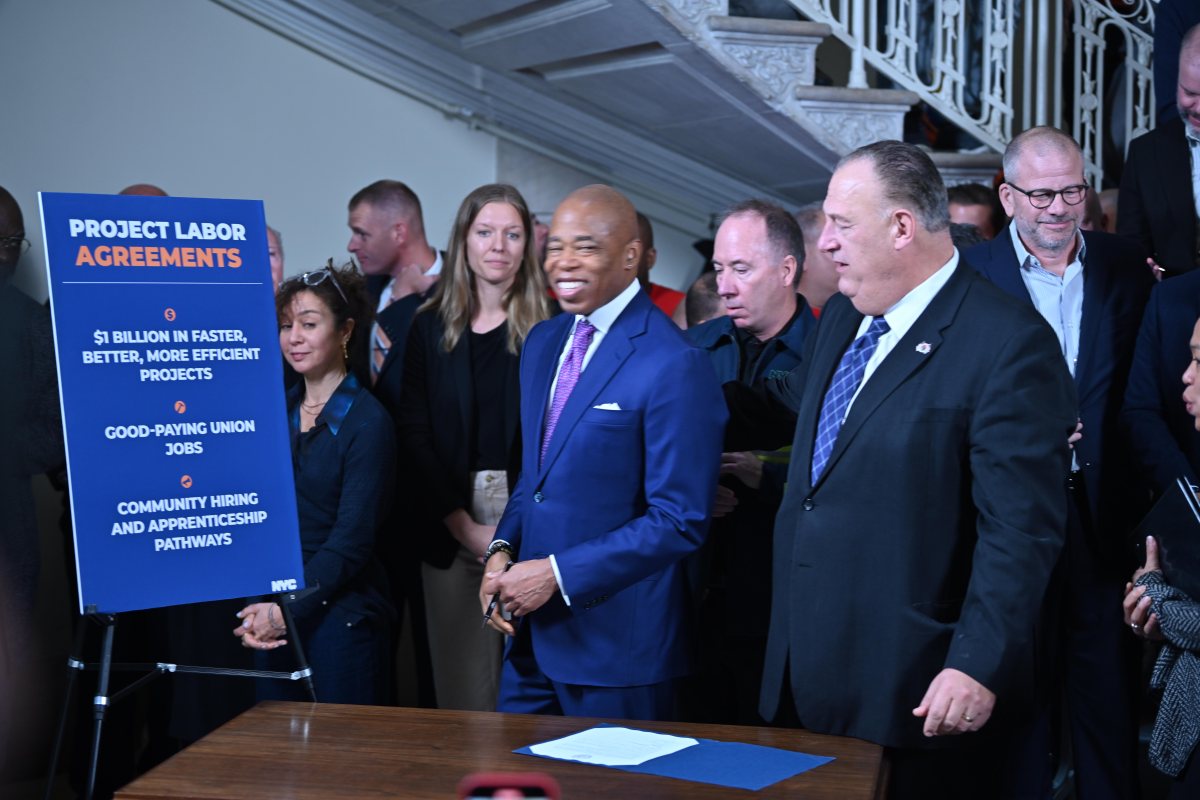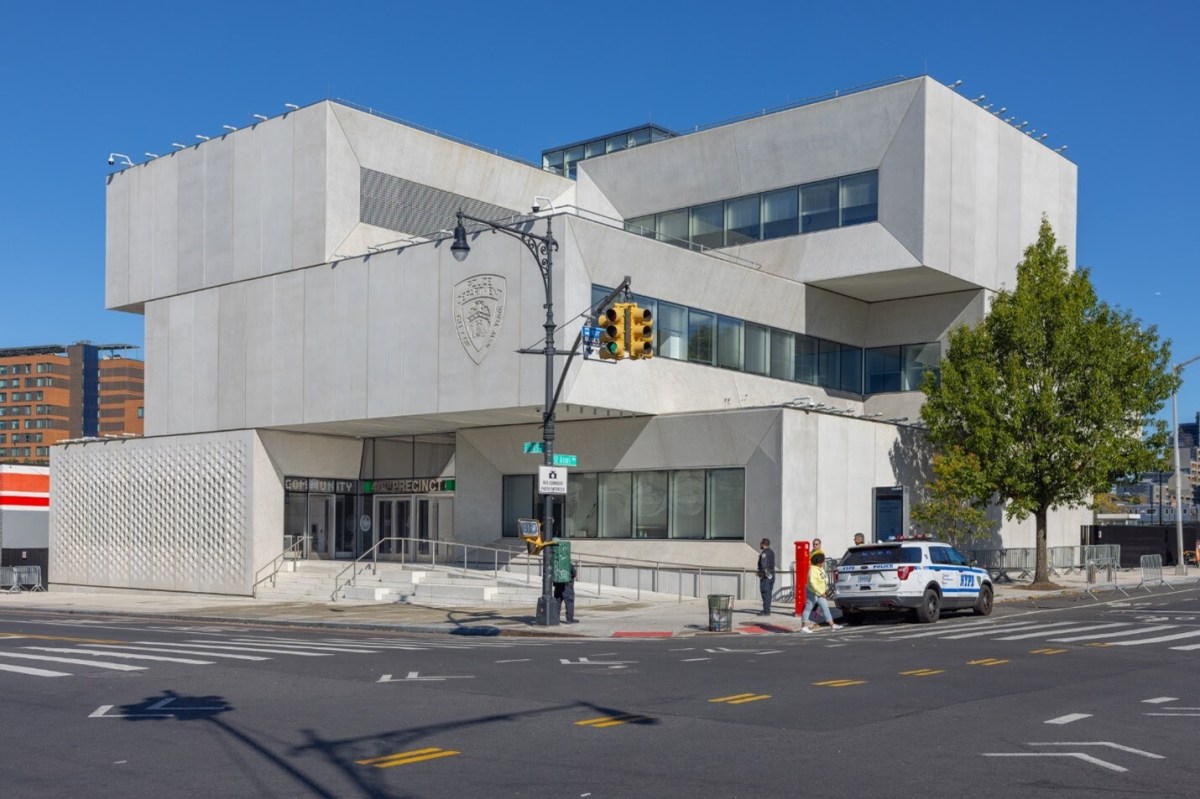
MTA chairman Joe Lhota said Wednesday that the authority is currently sticking to plans for fare and tolls hikes next year barring new revenue sources.
The hikes would be the sixth since 2009, when state leaders agreed to biennial increases as part of a financial rescue plan approved by the State Legislature. The MTA is facing steep financial challenges and Lhota said he hasn’t yet seen a scenario that he believes would allow for another round of increases to be avoided.
“When I was up in Albany last week, it was restated to me that there’s been an agreement that there would be a fare and toll increase every other year and I don’t see a change in that at present,” said Lhota, who later clarified that he was still in funding negotiations with state lawmakers as Albany’s April 1 budget deadline approaches.
It’s not clear what another fare and toll hike would look like, if it does occur, but it could be structured similarly to those from previous years, possibly bringing across-the-board increases to tolls for MTA crossings and fares for subways, buses and commuter rails.
It’s also not clear what other revenue options are on the table or if Albany will come together on a congestion pricing plan. Fix NYC, a panel assembled by Gov. Andrew Cuomo, offered options in January. But the plan’s recommendations were not included in the governor’s proposed budget or in the State Senate’s budget resolution. The Assembly’s budget response did include nearly $500 million in reoccurring revenues for the MTA, including a portion of the panel’s recommendation: new surcharges on for-hire vehicles.
What is clear is the adamant opposition to new fares and tolls among some MTA board members and a seemingly strong support for congestion pricing to help close the combined $1 billion budget gap for 2020 and 2021 that the agency had forecast back in November.
“In these times of difficulties on the system … to ask our riders to pay more now, in my opinion, would be a grievous mistake,” said MTA board member Mitchell Pally, who represents Long Island and supports congestion pricing. “It’s March. We have time ’til December to solve that problem in some way — hopefully with our funding partners.”
Susan Metzger, another MTA board member who backs congestion pricing, suggested that it’s perhaps time for the board to head to Albany to lobby for more funding.
“I’m more than willing to advocate for that,” she said, noting that the board has done so in the past. “Because the bottom line is that we need money in order to keep our subways and our commuter rail and our bridges and tunnels up to the state of good repair. That needs to happen.”
Riders, as board members have suggested, appear to be reaching a tipping point on fares.
“Seventy-five percent of the time there is a bad delay from Broad Channel to where I live in Rockaway Beach,” said Shemeles Ousman, 38, a small business owner. “They raise the price, the service is getting worse, always, the last two to three years.”
Margaret Harris, 50 of Bed-Stuy, said “heck no” to the idea of a hike.
“Especially at Nostrand Ave (station) in the morning. It’s like cattle,” she said. “You have to let at least three or four trains go before you can even get on the train.”
With Anne Ehart



































